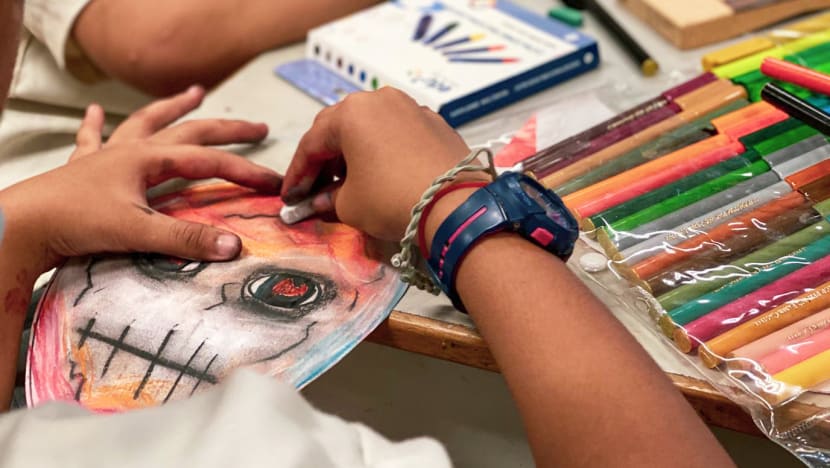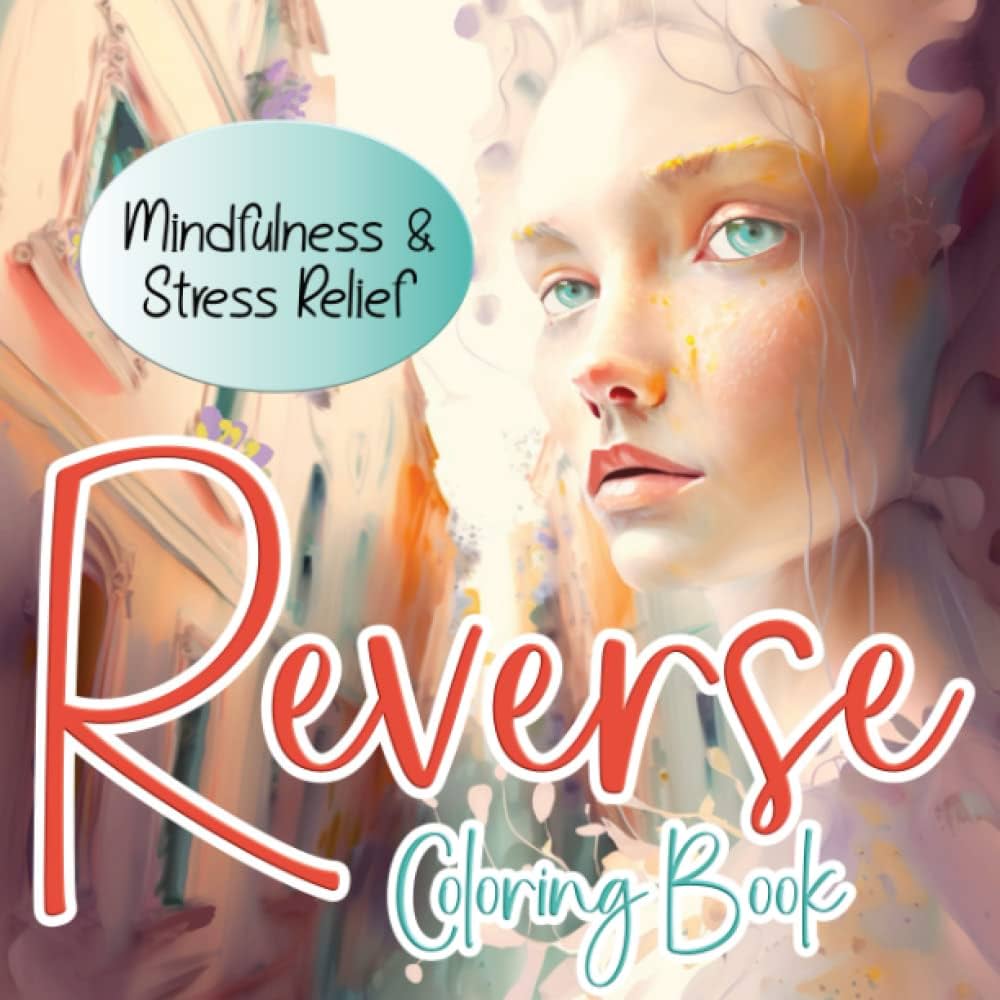Art therapy programs for teens provide a creative outlet for self-expression and emotional healing, benefiting their overall well-being and personal growth. By engaging in various art forms, such as painting, drawing, and sculpting, teens can explore their emotions and thoughts in a safe and supportive environment.
These programs offer a unique therapeutic approach that not only helps teenagers develop coping skills but also enhances their self-esteem, communication skills, and problem-solving abilities. By engaging in art therapy, teens can gain insight into their emotions, reduce stress and anxiety, and improve their mental health and overall quality of life.

Credit: www.channelnewsasia.com
Art Therapy: A Powerful Tool For Unlocking Creativity
Art therapy programs for teens offer a powerful tool to tap into their creativity. This form of therapy encourages self-expression and plays a crucial role in enhancing emotional well-being. Through art, teens find a medium to express their emotions, thoughts, and experiences.
By engaging in art therapy, they develop problem-solving skills as they navigate through the creative process. Art helps teens explore various perspectives and find innovative solutions. These programs provide a safe space for teens to express themselves without judgment, fostering a sense of empowerment and self-discovery.
Art therapy enables teens to communicate and process emotions that may be difficult to express verbally. It allows them to explore their identity, build resilience, and gain a deeper understanding of themselves. Overall, art therapy is a valuable approach to support the emotional and mental well-being of teenagers.
The Impact Of Art Therapy Programs On Teenagers
Art therapy programs for teens have a significant impact on their overall well-being. By engaging in artistic activities, teenagers can develop self-confidence. Art therapy helps them cope with stress and anxiety, providing an outlet for self-expression. Moreover, it serves as a tool for improving communication and social skills.
Through art, teenagers can effectively convey their emotions and connect with others. The creative process encourages open communication, enabling teens to express themselves in a non-verbal manner. This form of therapy allows them to explore their thoughts and feelings, building a sense of self-acceptance and understanding.
Art therapy programs provide a safe space for teenagers to discover their inner strengths and develop healthy coping mechanisms. These programs play a crucial role in nurturing the mental and emotional well-being of adolescents, promoting personal growth and resilience.
Implementing Art Therapy Programs For Teens
Implementing art therapy programs for teens is crucial for their emotional and mental well-being. Trained art therapists play a vital role in facilitating these programs, bringing their expertise to guide and support the participants. Art therapy can be integrated into existing counseling programs, enhancing the effectiveness and providing a holistic approach to healing.
To set up an art therapy program in schools or community centers, it is essential to have designated spaces with art supplies and materials readily available. Additionally, promoting awareness and understanding of the benefits of art therapy among parents, educators, and the community is crucial.
By incorporating art therapy into the lives of teens, we can provide them with a creative outlet to express themselves, improve their self-esteem, and develop valuable coping mechanisms.
Youth Empowerment Through Creative Expression
Youth empowerment is nurtured through creative expression, exemplified in art therapy programs for teens. The programs provide a safe space where teenagers can explore their emotions and experiences through various artistic mediums. These programs have a profound positive impact on the participants, helping them build self-confidence, improve self-esteem, and develop healthy coping strategies.
The story behind each art therapy program unveils the dedication and passion of the facilitators who strive to create a nurturing environment for the teens. The testimonials from the teens themselves speak volumes about how the program has changed their lives for the better.
Through art therapy, these teenagers find a sense of belonging, discover their strengths, and unlock their hidden potential. The transformative power of art becomes a catalyst for personal growth and healing, fostering resilience and inspiring creativity among these young individuals.
Healing Trauma Through Art: A Journey Of Recovery
Art therapy programs for teens offer a powerful journey of recovery and healing trauma. Through engaging in art, trauma survivors benefit from a therapeutic process where they can express and process their emotions. For instance, a case study of a teen showcases how art therapy enabled them to find healing and reclaim their emotional well-being.
Therapists highlight the effectiveness of these programs in aiding trauma survivors. By providing a safe space to explore their experiences, emotions, and thoughts, art therapy promotes healing and empowers teens to cope with their trauma. It is crucial to recognize the transformative impact of art therapy as a valuable approach in helping teens navigate their trauma and empower them on their path to recovery.
Enhancing Self-Expression And Personal Growth
Art therapy programs for teens are designed to enhance self-expression and personal growth. Through artistic activities, such as drawing or painting, teens are able to explore their own emotions, thoughts, and experiences. This process helps them to promote self-discovery and gain a deeper understanding of themselves.
Success stories from teens who have participated in art therapy programs demonstrate the positive impact on their confidence and self-esteem. Moreover, the benefits of art therapy extend beyond immediate results, as it has been shown to have a long-term impact on personal growth.
By providing a creative outlet, art therapy allows teens to express themselves in a non-verbal way, fostering self-awareness and self-worth. Overall, art therapy programs for teens offer a valuable means of self-expression, leading to personal discovery and growth.
Conclusion
Art therapy programs have proven to be highly beneficial for teenagers facing emotional and mental challenges. Through the use of creative expression, these programs provide a safe and non-judgmental environment where teens can explore their thoughts and feelings. This therapeutic approach helps them develop effective coping skills, enhance their self-esteem, and improve their overall well-being.
Furthermore, art therapy allows teens to communicate and connect with others who may be experiencing similar struggles, fostering a sense of belonging and understanding. The various art techniques utilized in these programs encourage self-reflection, self-discovery, and personal growth. In addition, the positive effects of art therapy can extend beyond the therapy sessions, enabling teens to apply their newfound skills and insights to their everyday lives.
By incorporating art therapy into their lives, teenagers can find solace, healing, and empowerment as they navigate the challenges of adolescence.







